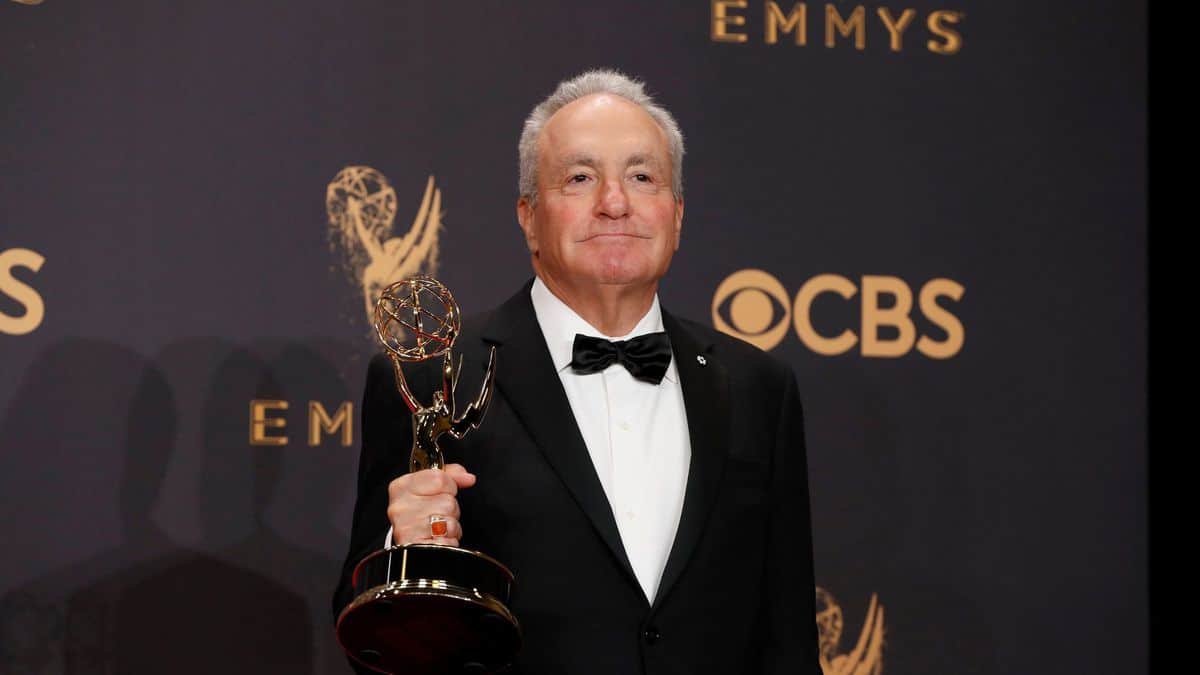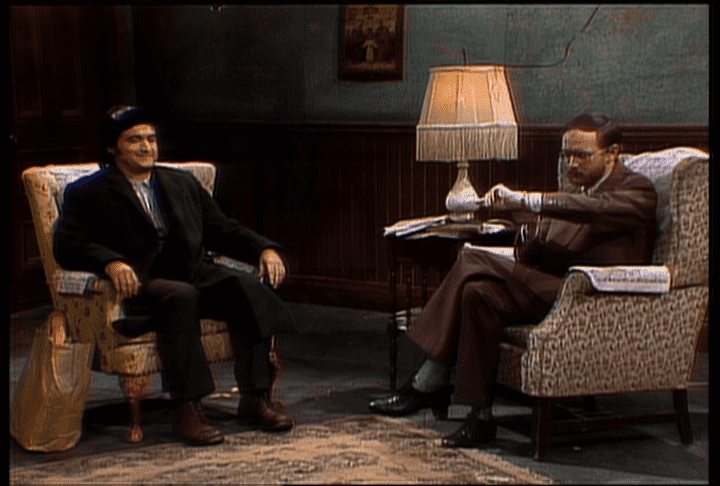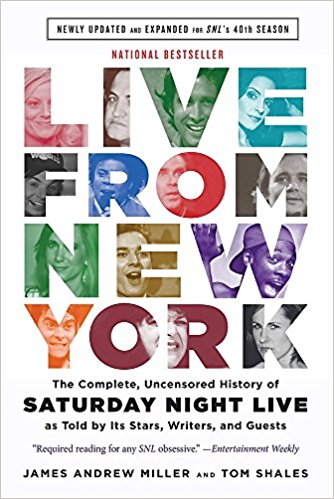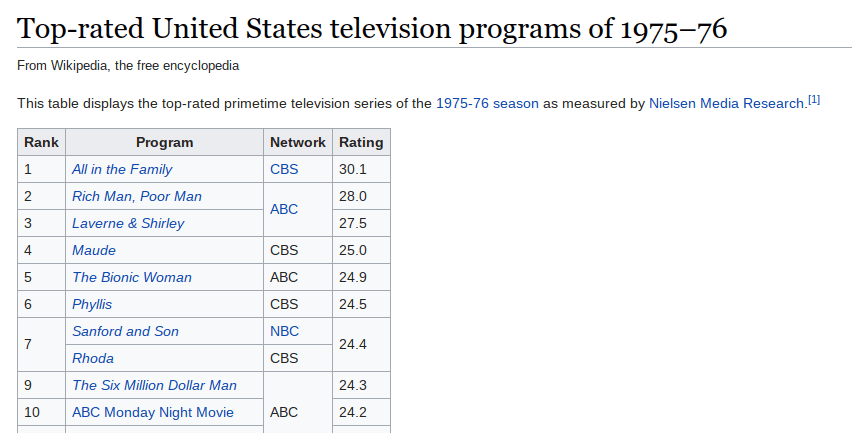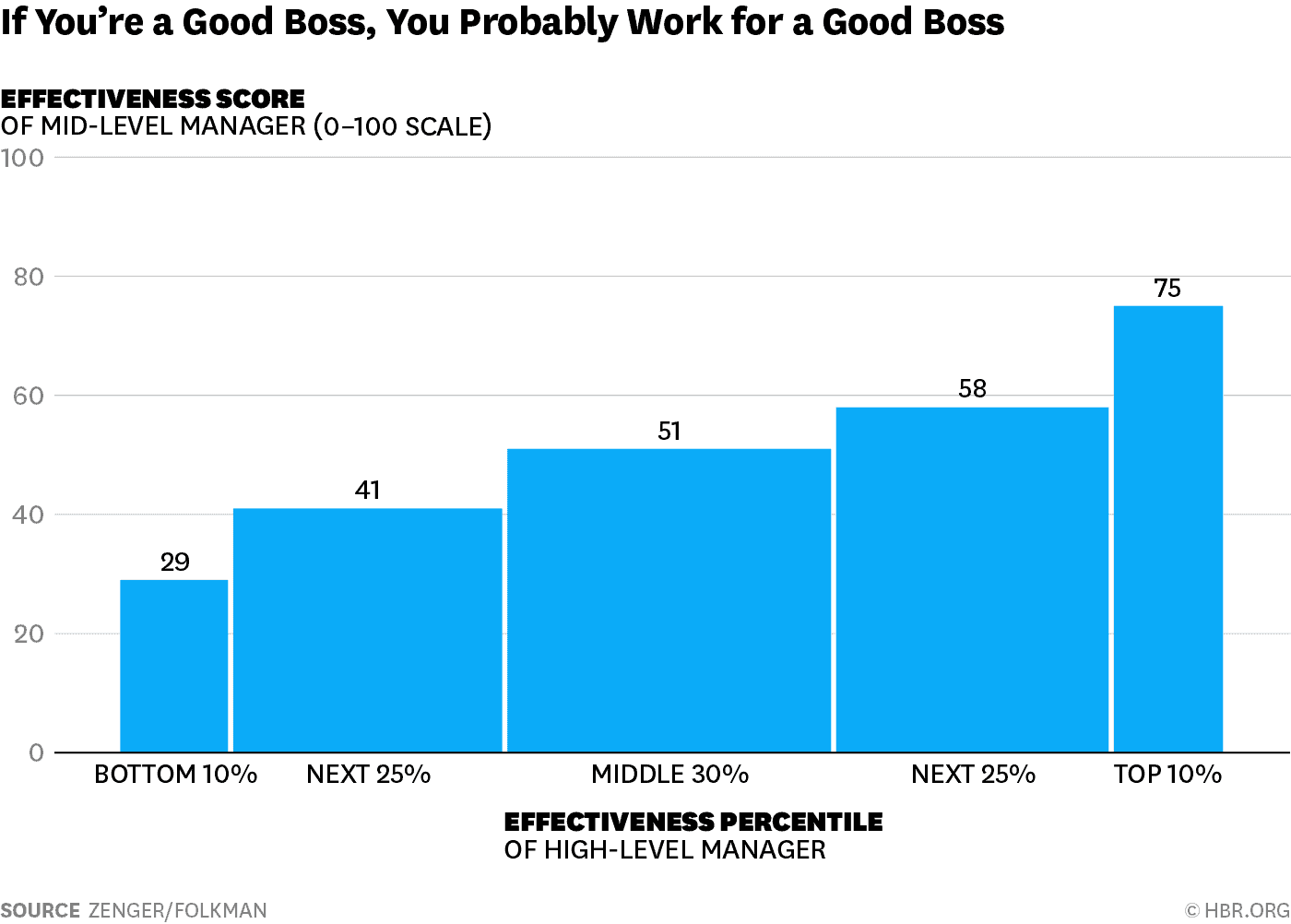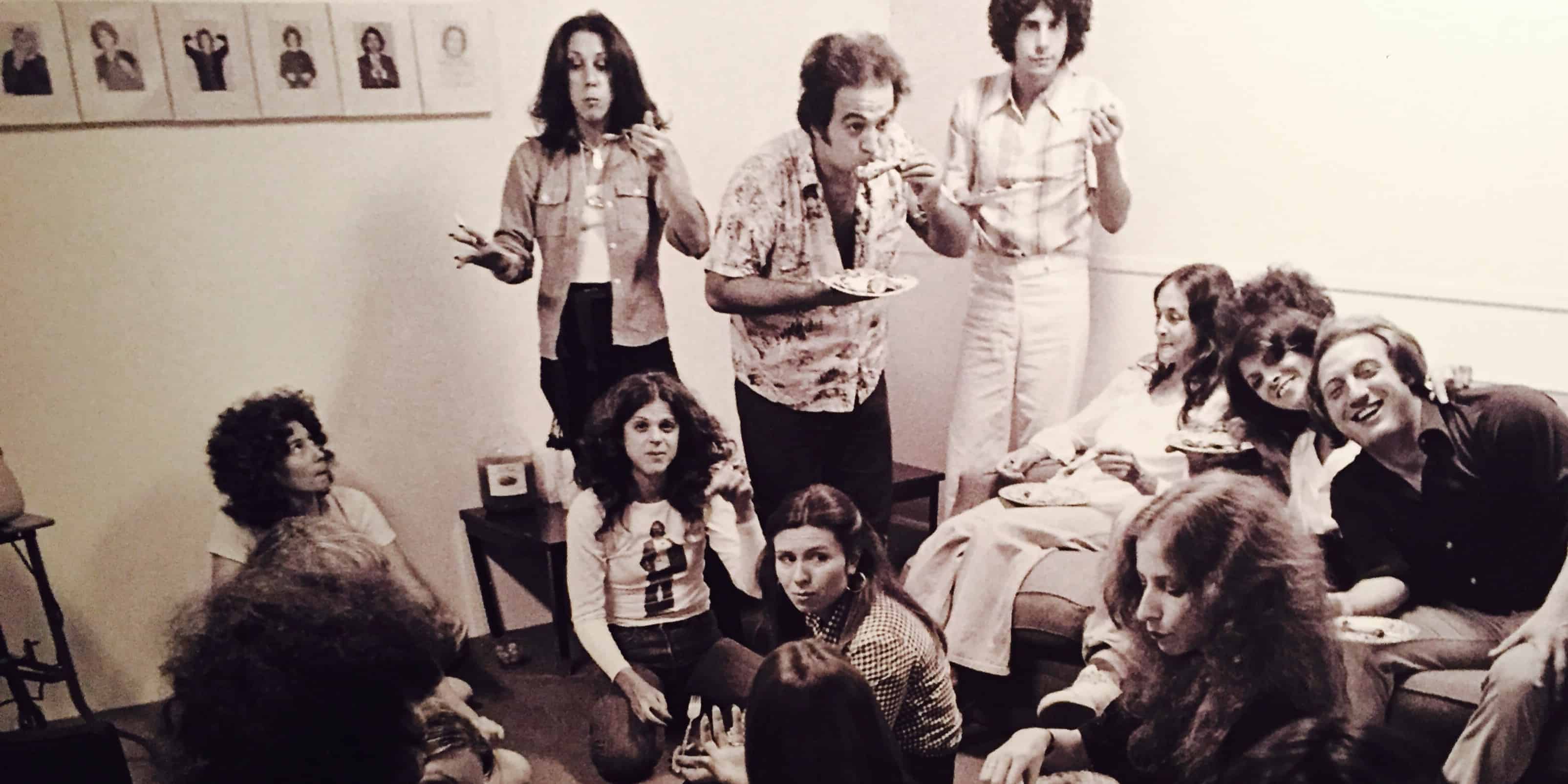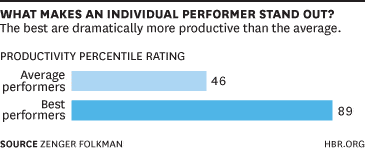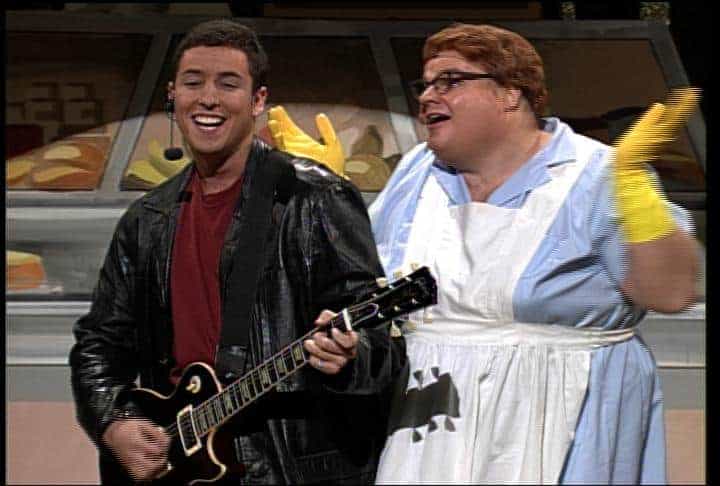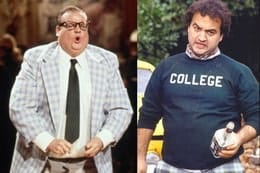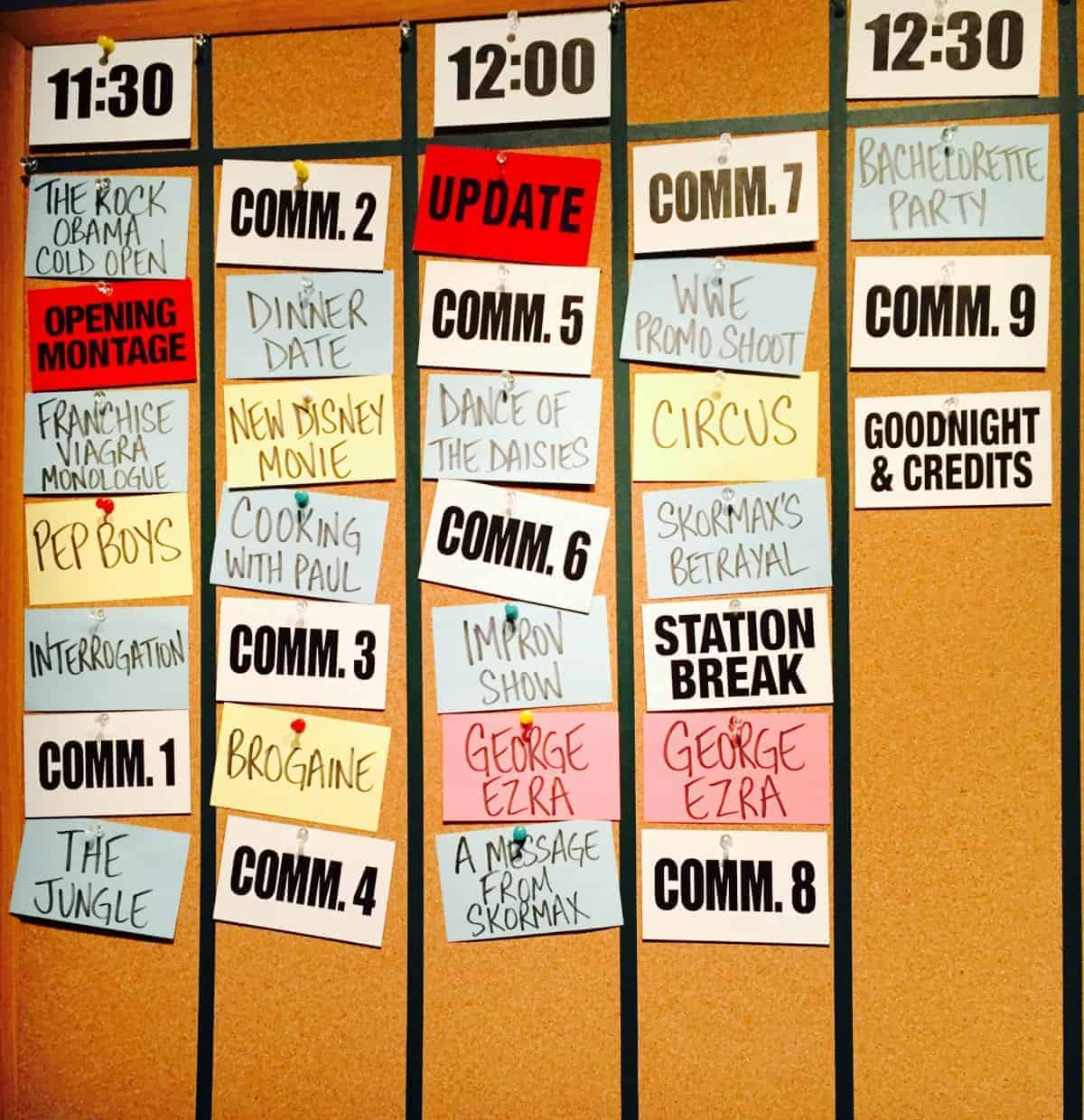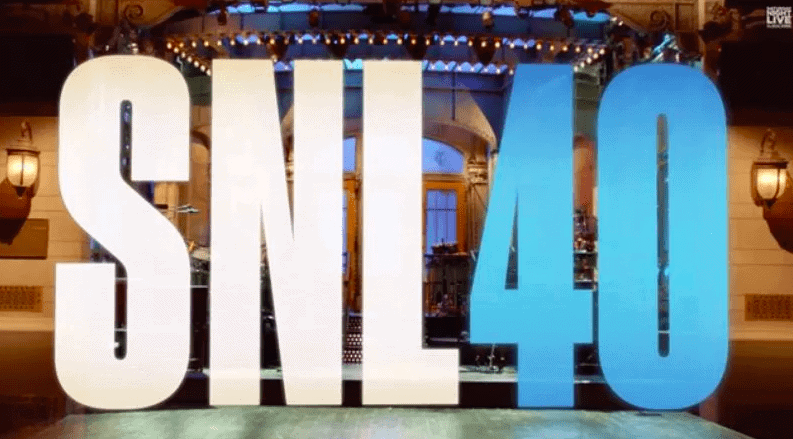It's a dark-lit room. In a chair, an English teacher is reading a newspaper. His foreign student walks down the stairs and sits across from him.
"Good evening,” hisses the English teacher.
"Good evening,” says the student.
The teacher continues, "Repeat after me. I would like-”
"I would like-,” copies the student.
"To feed - your fingertips - to the Wolverines.”
"To feed - your fingertips - to the Wolverines.”
They do more speech exercises.
"Next - UGH!”
It's the teacher. He's clutching his chest. He keels over the chair and falls to the floor. He just suffered a heart attack.
Obedient, the student clenches his chest and falls to his death too.
Floor manager Chevy Chase walks onto the stage, talking into his headset. He looks into the camera and says the famous line: "Live from New York, it's Saturday Night!”
The Funniest Show on TV
This scene we just described, featuring John Belushi and Michael O'Donoghue, is SNL's first ever opening skit.
Saturday Night Live (SNL) is one of the longest-running shows on NBC. It's a late-night variety show that has poked fun at politics, social issues, and celebrities.
It has introduced the world to comedic legends like Will Ferrell, Eddie Murphy, and Tina Fey. Superstars like Madonna, Drake, and Tom Hanks have also hosted and performed on the show.
It's also a great example of why awesome, collaborative teams are essential to any organization's success.
The book, Live From New York: The Complete, Uncensored History of Saturday Night Live as Told by Its Stars, Writers, and Guests, reported that the show generated hundreds of millions in profit for NBC in the late 90's. The earrings are much higher today.
Today, we take a look at some of the best lessons from the book to help you have more collaborative teams, too.
What Every Leader can Learn about Collaborative Teams from SNL
SNL was a response to NBC's fear of losing the TV network war.
In the mid-1970's, NBC was in danger of losing major ad revenue due to falling ratings, and fewer successful shows.
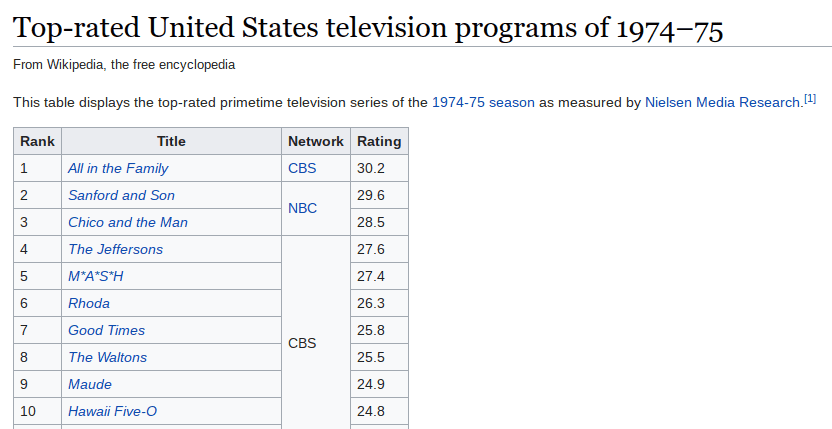
Searching for an innovative solution, network executive Dick Ebersol noticed that all the major networks couldn't attract viewers between the ages of 18-30.
He knew that if he produced a new and edgy show that could fascinate these younger people, NBC might become the new top TV network. In a memo, NBC President Herb Schlosser described his and Ebersol's ideas for SNL:
"It should be young and bright. It should have a distinctive look, a distinctive set and a distinctive sound.…With proper production and promotion, ‘Saturday Night' can become a major show in television that people will talk about. It can carve out its own audience and increase sets in use [the number of TV sets in use during the time period] if we do a good job on it.”
With the idea written on paper, they needed a great leader to execute it. This person needed to be able to build and manage creative collaborative teams.
That leader, is the current showrunner, Lorne Michaels.
The Ultimate Comedy Manager
Lorne Michaels, a Canadian comedic writer and TV producer, is one of Hollywood's most beloved managers. He was able to sustain the show's relevance for decades by building great collaborative teams between writers and actors.
However, his journey wasn't easy. There were many periods of triumph and failure in SNL's history.
Executives and front line managers can learn a lot from the teamwork and leadership styles practiced on the show. Here are four lessons from Saturday Night Live that will help you manage better collaborative teams, too:
1) Hire people who best represent your culture.
If SNL wanted to win over a younger audience, it had to cast people who shared their attitude.
Back then, late-night shows hosted by people like Johnny Carson were known for their smart and sensible humor. Michaels didn't want SNL to be like that.
He wanted to create a show that was revolutionary like the 60's hippies, and rebellious like the 70's rock stars.
To make a different show, he had to look for a different kind of talent. Michaels called them "enlightened amateurs," because they needed to write and perform comedy sketches for the show despite lacking proven TV experience.
Break the mold and make your own.
The comedians Michaels hired didn't follow industry or screenwriting standards. Instead of playing it safe, if they had an idea, they would experiment with it until it was funny enough to be on the air.
To find them, he went deep into the underground comedy scene. He visited nightclubs, attended improv performances, and networked with fellow writers to find the most underrated talent.
This creative approach helped him find most of the original legendary cast members: Chevy Chase, John Belushi, Bill Murray, Dan Aykroyd, and Gilda Radner. He even found writer Alan Zweibel as he was working in an NY deli!
This young, hungry cast exposed Americans to a type of comedy it had never seen before.
Your people define your culture
Who you hire sets the standards of your culture.
If you hire honest people, your workplace will be fair. But, if you employed dishonest people, your office will be toxic. You would have to fire them, to reinvent your culture. (Just ask Wells Fargo)
As a positive example of this, the Cubs' Theo Epstein believed in this when he signed on to turn the Cubs into winners. He sought men with great character to build the team:
"We want players who are invested in their teammates, we want players who are going to understand what it means to play in a World Series for the Cubs and their fans. We want players we trust can respond to adversity.
We want players other players like being around. We want guys who care about winning, and prioritize it, and are happy when the team wins and they are 0-for-4 and are pissed even if we lose and they are 3-for-4.”
These compassionate players would be role models that younger players would model their behavior from. And it paid off as they won the 2016 World Series.
The Cubs are just one example. The Harvard Business Review has illustrated that the quality of leaders has a trickle-down effect: Good leaders create more good leaders.
This is why who you hire is so important. Their attitudes and actions determine the effectiveness of your organization's collaborative teams. It also impacts how well everyone works together. Have a clear picture of the skills and values you want, and build the team you envision.
2) People who share a common purpose tend to work better together.
In the beginning, NBC agreed only to pay the creative team a few hundred dollars a week. Despite this, Michaels convinced actors and writers to join the show by offering almost total creative freedom. They had the priceless opportunity to showcase their talent to millions of people without filters.
The first years of SNL were very stressful. Writer and Michael's first wife, Rosie Shuster, explained how dedicated the writing staff was:
"You lived and slept and breathed the show. You stayed there. I remember [Dan Aykroyd] and I, after sleeping over at the office, would walk each other like dogs around 30 Rock just to get a little fresh air.
In those first years it was just pure gonzo, total commitment. There was this phenomenon that was exploding and we all threw ourselves into it 200 percent.”
After meetings, writers would go out to dinner and share ideas. They would record them on anything they could find like placemats, napkins, and menus.
Then, they would return to 30 Rock and pull all-nighters trying to create sketches to present the next day.
While the writers struggled to flesh out their ideas, actors like Gilda Radner were happy to help them.
Great teams collaborate across roles and responsibilities.
In Live From New York, Zweibel shared a story of how he met Radner. During a writing meeting, he was hiding behind a potted plant when Radner noticed him:
"I'm hiding when all of a sudden through the leaves I hear someone say, 'Can you help me be a parakeet?'... I go, 'What?!' [Radner] said, 'I have this idea where I get dressed up like a parakeet, and I'm on a perch. But I need a writer to help me figure out what the parakeet should say. Can you help me?'
I had no idea what she was talking about, but she was a human being calling me a writer so I go, ‘Oh yeah, I'm great at parakeet stuff.'...So now we're both behind this plant and we get to talking and all of a sudden she says, ‘Uh-oh, [Lorne Michaels] is calling on you'— this is about five minutes later— and I get tongue-tied...
She gets up, goes around the plant to the front of the room, and she says, ‘Zweibel got this great idea where I play this parakeet and I sit on a perch.' So she attributed her idea to me.”
After this awkward meeting, they became one of the most powerful collaborative teams at SNL. They developed famous characters like Roseanne Roseannadanna. A crude anchorwoman that would inspire future cast member Maya Rudolph to get into comedy.
Talent like Radner took the initiative by consulting with writers to make better complex decisions on sketches. Doing so turned dysfunctional cross-functional teams to healthy, collaborative teams.
Radner and Zweibel's shared desire to bring edgy comedy to TV allowed them to be more accepting of each other. Instead of competing over the spotlight, they focused on creating amazing skits.
In your organization, it's important to have your people connect with a shared mission, so they'll better accomplish goals together. If you're all working towards the same goal, often who gets the credit and other ego-driven, divisive behaviors will go away.

3) Focusing too much on your stars can hurt your team.
Ever since its first episode, SNL has been a big late-night hit. But over the years, Michaels and the cast became burned out.
After five seasons, he and the original cast left the show to focus on their own projects.
Their departure forced NBC to build new collaborative teams with fresh writers, actors, and a showrunner.
The poor decisions of Jean Doumanian
The first showrunner to replace Michaels was Jean Doumanian. She led the worst season in SNL history.
For ten months, she poorly supervised collaborative teams of on- and off-stage talent. Writer David Sheffield claims that her personality and lack of experience was her downfall:
"Jean knew zilch about comedy. She didn't have a clue. It was almost a lesson in how not to run a comedy show.
She had a knack for pitting people against each other that was just antithetical to comedy.
I don't know why she thought that was a good way to work. She actually started rivalries where none existed before among the writers and cast, thinking somehow the strongest would prevail. That was not a formula for comedy.”
As a former talent manager, Doumanian pampered celebrities, which led to her showing favoritism towards the actors. This created resentment among the writers
Doumanian would often ignore the work of writers. They would submit scripts, only for her to not read them. She barely offered constructive feedback or allowed writers to experiment with ideas.
This distrust in Jean caused writers to develop unfunny sketches, causing ratings to drop to their lowest ever. SNL was in jeopardy.
New Manager, Same Problems.
After Doumanian, Dick Ebersol was hired to manage SNL. He followed Doumanian's practice of prioritizing actors over writer's instead of investing in collaborative teams that can survive long-term.
On air, Ebersol constantly put popular characters and performers in heavy rotation. The show gave the most airtime to beloved actors like Eddie Murphy and Joe Piscopo as much as possible.
https://www.youtube.com/watch?v=uSRQF4OnGlk
Being treated as second class citizens hindered the writers' creativity. Writer Tim Kazurinsky explained:
"So— this is the frustrating thing— all the good scripts went into the wastebasket…
Ebersol was looking for scripts that would make Eddie and Joe bigger stars... Anything that had an idea or a political notion or that he thought was a little too smart— bang, dead, into the wastebasket.
And so the writers would get more depressed, they'd do more drugs, and pretty soon most of the scripts were written for Eddie and Joe. It was like publish or perish— you had to get a piece on the air, so everybody wrote thinking, 'If I don't do a piece for Eddie, it won't get on, and I'll get fired'— which people often did.”
This allowed SNL to stay on the air for a few more years. However, when it's most prominent stars left, the show was in danger of being canceled again.
Remember you lead a team.
SNL's focus on famous actors and ignoring their writer's ideas was their downfall for several years.
In many ways, their star actors were treated as the oft-used term, "A-Players". HBR has found they're both more productive and driven than the average employee:
Eric Herrenkohl, the author of How to Hire A-Players, writes that the best-performing teams are a collection of these players. He argues that managers should focus their time hiring more of these people instead of developing lower performing workers.
In theory, this makes sense. But in reality, making them the nucleus of your organization can be disastrous.
Serial entrepreneur Jonathan Siegel explained to Appsumo founder, Noah Kagan, that these A-players aren't always the best team members. They can see themselves as rock stars and can be more focused on bettering themselves than the overall organization.
For example, Chevy Chase was both the lead actor and writer on SNL. As the show grew in popularity, so did he.
This eventually led him to leave the show to pursue better personal opportunities, angering many of his cast-mates who thought they had a shared mission. Cast member and future Oscar nominee Bill Murray almost got into a physical fight with him:
"They resented him for taking a big piece of the success and leaving and making his own career go. Everybody else was from the improvisational world, where you didn't make it about you. You were an ensemble, you were a company. So when he left, there was resentment about that. It was a shock.”
In an attempt to make the most of their star talent, SNL's leaders had alienated the rest of the team.
Recognize the value of all your people
With stars departing, and a culture to reliant on them, SNL had to create new characters to re-invigorate the show. Professor Thomas J. DeLong argues that the supporting workers or "B players,” like SNL writers can help companies recover from this loss.
Most companies are made up of talented and hardworking people. But many of them don't want to be in the spotlight.
Their lack of desire for attention doesn't mean they're any less important. Like A-players, they have ambitions. But, they're often more interested in achieving work-life balance, producing great work, and furthering the mission of the company than advancing their own careers.
Low ego, hard working staff are key to having awesome, collaborative teams.
Unfortunately, these people often aren't recognized like superstar employees are, which can cause them to leave in frustration.
Relying on high-performers to carry your business can be dangerous. Don't neglect the team of people who help your A-players to thrive and are essential to how your company operates each day.
Without your unsung heroes, your company could very well cease to exist.
4) Create a safe environment where people can take chances.
In 1986, Michaels returned to SNL as executive producer hoping to turn things around. His success has led him to keep that title ever since.
Throughout the decades, Michaels has been able to keep finding and developing new, amazing talent. He has given bright minds like Conan O'Brien opportunities to tackle big projects:
"Lorne kind of throws you into the pool...I remember Lorne pulling me into a room early on. Like, 'Conan, what do you think? [Steve Martin] and I are trying to figure out this thing. What do you think?'
He's not afraid to just throw you in there with those people. And he's not afraid like, 'I don't know, this kid might embarrass me,' or 'This kid might be an idiot.' He's not afraid to go, 'Let's get Conan in here and maybe he'll have an idea.'”
However, as SNL has lasted over the years, it's culture has changed. The untimely deaths of John Belushi and Chris Farley were traumatic to the cast and Michaels, leading to necessary changes.
Although the openness to ideas has remained, the acceptance of sex, drugs, and alcohol has changed. Former cast member Maya Rudolph explains:
"We're certainly a much cleaner, healthier generation than past generations. Everybody goes to the gym now— except for me.
People are eating right and taking care of themselves and not smoking and not doing drugs. I'm being very general, but it's definitely a reflection of the time and the culture we're living in."
This new attitude allows their collaborative teams to create new material without relying on drugs and other unhealthy habits. Michaels understood that for SNL to sustain long-term there needed to be a culture where his workers could thrive in a sustainable way.
SNL's Crazy Weekly Schedule
Since its start, SNL has practiced this schedule for every episode:
- Monday - Writers, cast members, and the celeb host pitch ideas on sketches they want to perform on air.
- Tuesday - Writers spend all day and night producing scripts.
- Wednesday - The cast and writers read the scripts out loud to determine what sketch is kept or thrown away.
- Thursday - The actors rehearse the scripts while writers work with the production crew to develop sets.
- Friday - Actors rehearse again while set builders, costume designers, and musicians try to fulfill the visions shown in the scripts.
- Saturday - More dress rehearsals are done until it's showtime.
This agenda allows writers and actors to test and execute ideas before each show ends. Most people would think that this lineup hinders creativity. But in reality, it strengthens it.
Embrace forgetting failures.
Former Head Writer Tina Fey argues that this schedule allows the cast to try new sketches and get over bad ones:
"The show doesn't go on because it's ready; it goes on because it's 11:30.
This is something Lorne [Michaels] has said often about Saturday Night Live...You have to try your hardest to be at the top of your game and improve every joke you can until the last possible second, and then you have to let it go....What I learned about bombing as a writer at Saturday Night is that you can't be too worried about your ‘permanent record.' Yes, you're going to write some sketches that you love and are proud of forever—your golden nuggets.
But you're also going to write some real sh*t nuggets. And unfortunately, sometimes the sh*t nuggets will make it onto the air. You can't worry about it. As long as you know the difference, you can go back to panning for gold on Monday.”
Despite all the other changes in habits, cast, and writes, SNL keeps this process, because it works. They create many ideas, iterate well, and have a short term memory for success and failure. It also leaves room to innovate and evolve as the times, cast, and writers change.
As you work to build your own collaborative teams, take time to look at the bigger picture.
What are your teams' habits and processes? Where do your best ideas come from?
By experimenting with how you all work together, and making it safe to bring up even bad ideas, you may be surprised how much more innovative you can become.
Conclusion
For decades, SNL has kept its spot as one of the most watched programs in TV history. However, most viewers aren't aware of its behind-the-scenes secrets.
Lorne Michaels disrupted late-night television by hiring edgy people who wanted to perform in front of millions. Together, they formed collaborative teams that made American audiences laugh across generations. As Live from New York, explains:
"One consistency through the decades— despite all the changes and upheaval— is that Saturday Night Live still hews to tradition.
It began as and remains the expression of primarily one man: Lorne Michaels, the creator and executive producer, who, except for a five-year hiatus during which others ran the show, hasn't missed a performance. He is the guiding spirit, and many of the standards he championed in the beginning are still evident in each subsequent iteration.”
As a leader, it is your example, and intentions that matter most. What you do can make all the difference in building innovative, collaborative teams. By hiring great people, building a shared purpose, remembering your unsung heroes, and creating a safe environment to take chances, you might just build something that can last over four decades, too.
Further Reading:
Looking for more ideas on building your culture and organization to thrive? Here's a few places to start:
- Whether a CEO yourself or not, these are great questions to ask your organization about culture.
- Here's how to turn around the culture on your team
- Netflix has one of the best company cultures. Learn keys to their culture from Patty McCord, one its architects.

